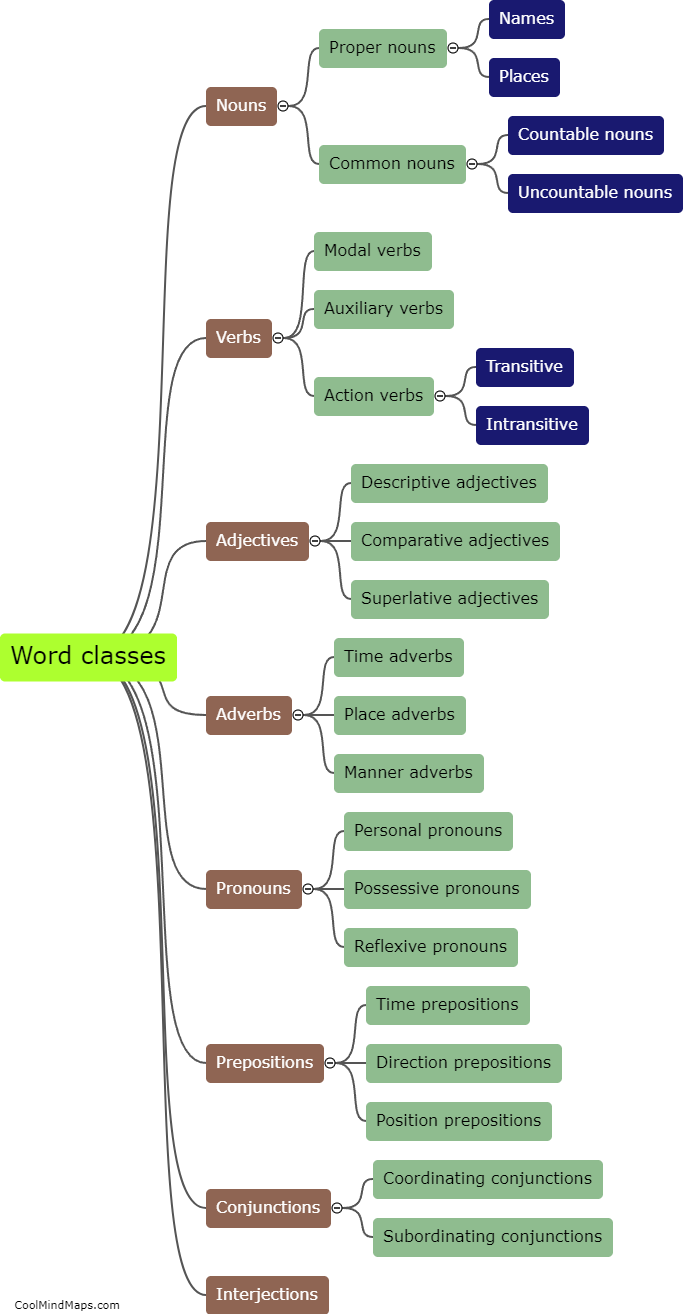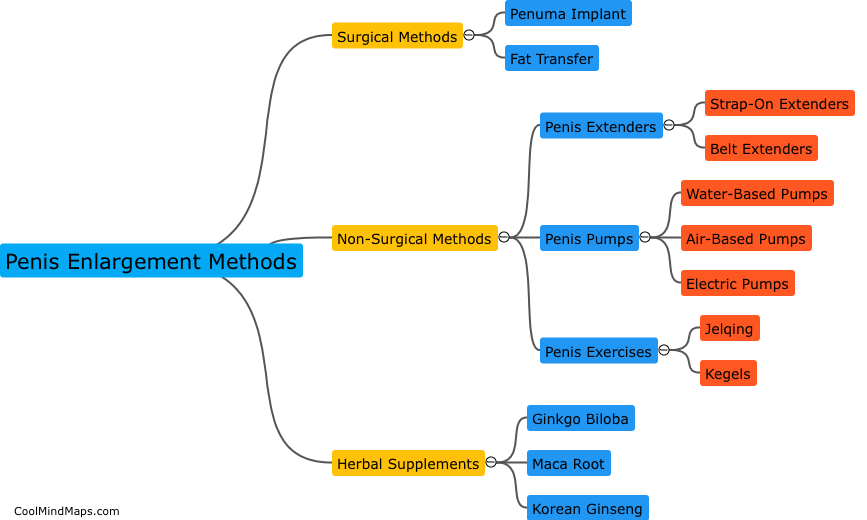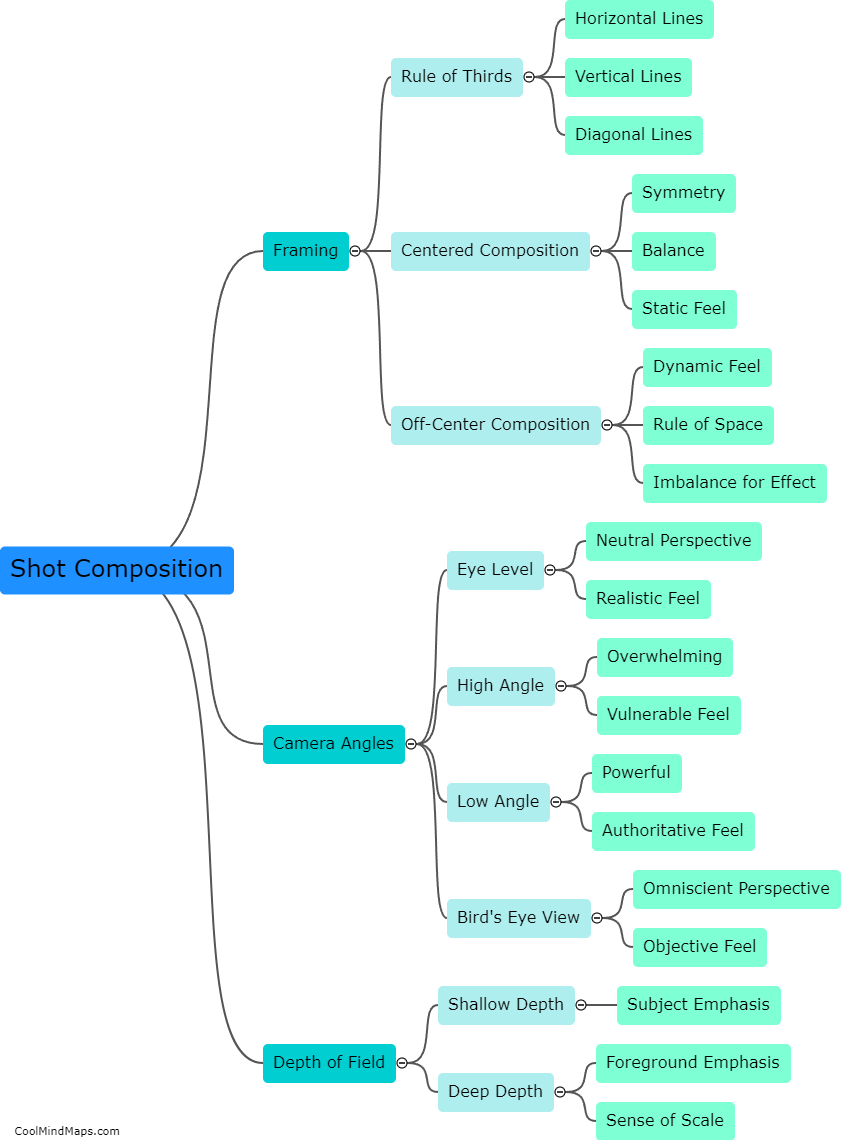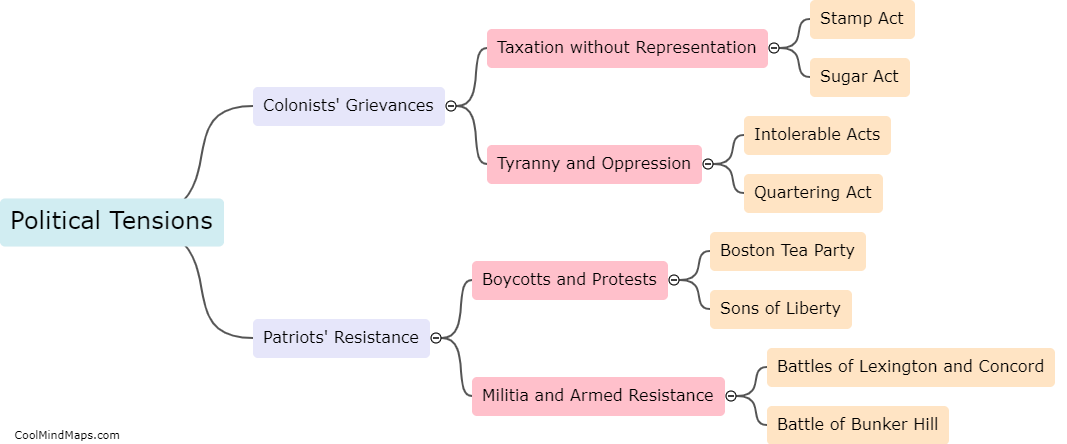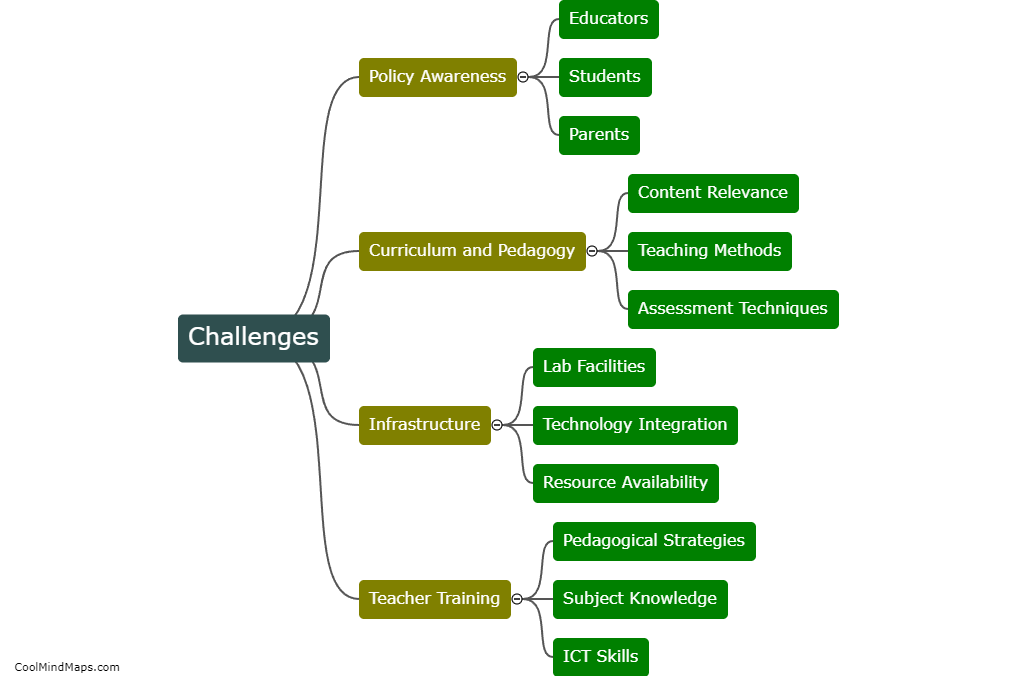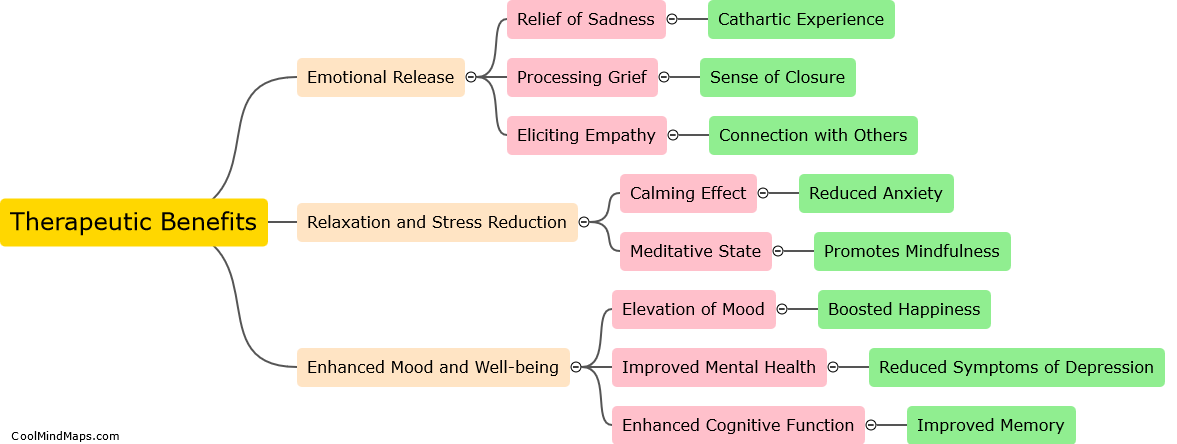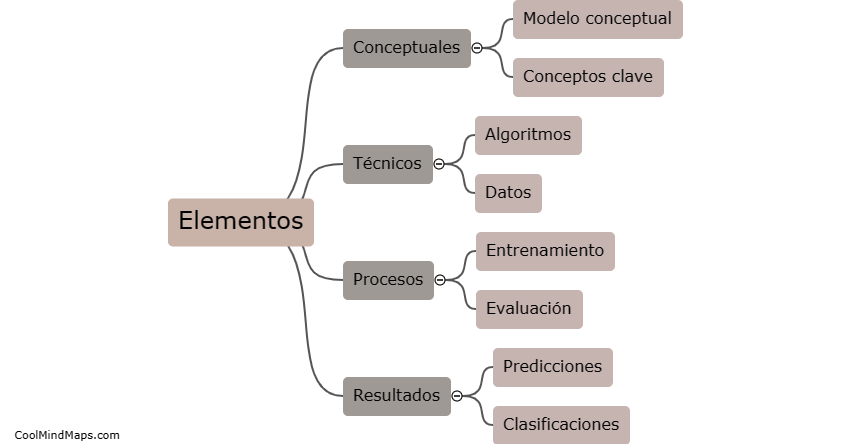What are the key features of the National Education Policy 2020?
The National Education Policy 2020, introduced by the Ministry of Human Resource Development in India, encompasses multiple key features aimed at transforming the education system in the country. One of the primary aspects is the shift from the traditional 10+2 education structure to a 5+3+3+4 model, which focuses on early childhood education, followed by a foundational stage, pre-primary to class 2, preparatory stage, classes 3 to 5, middle stage, classes 6 to 8, and finally secondary stage, classes 9 to 12. The policy also emphasizes holistic and multidisciplinary education, promoting the integration of arts, sports, and vocational skills with academic subjects. It emphasizes the use of technology and digital learning, aims to increase gross enrollment ratio in higher education, emphasizes mother tongue-based education in the early years, introduces a new assessment framework, promotes experiential learning and critical thinking, and aims to ensure universal access to quality education. The policy also focuses on teacher training and professional development, encouraging continuous learning and skill enhancement. Overall, the National Education Policy 2020 aims to provide a more flexible, inclusive, and forward-looking education system that prepares students for the challenges of the 21st century.
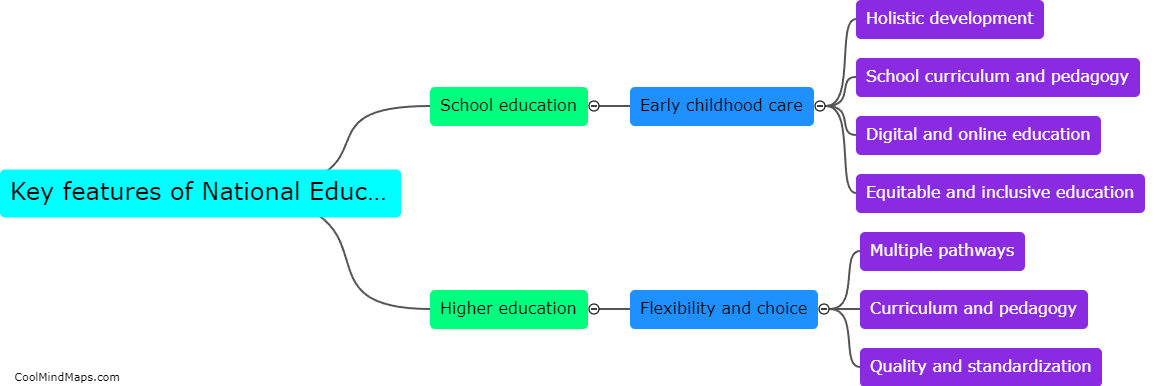
This mind map was published on 7 January 2024 and has been viewed 87 times.
